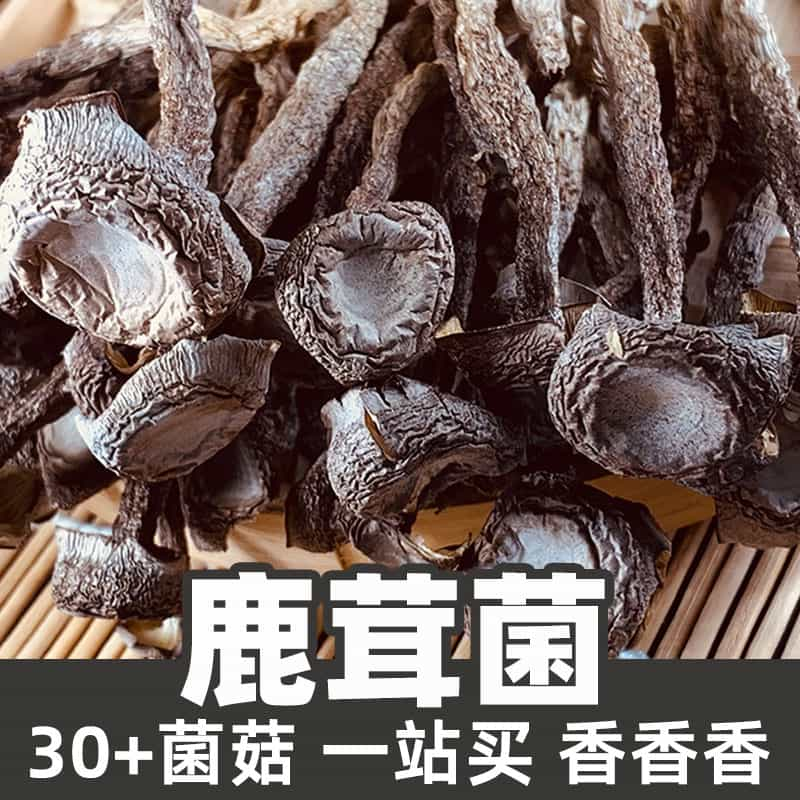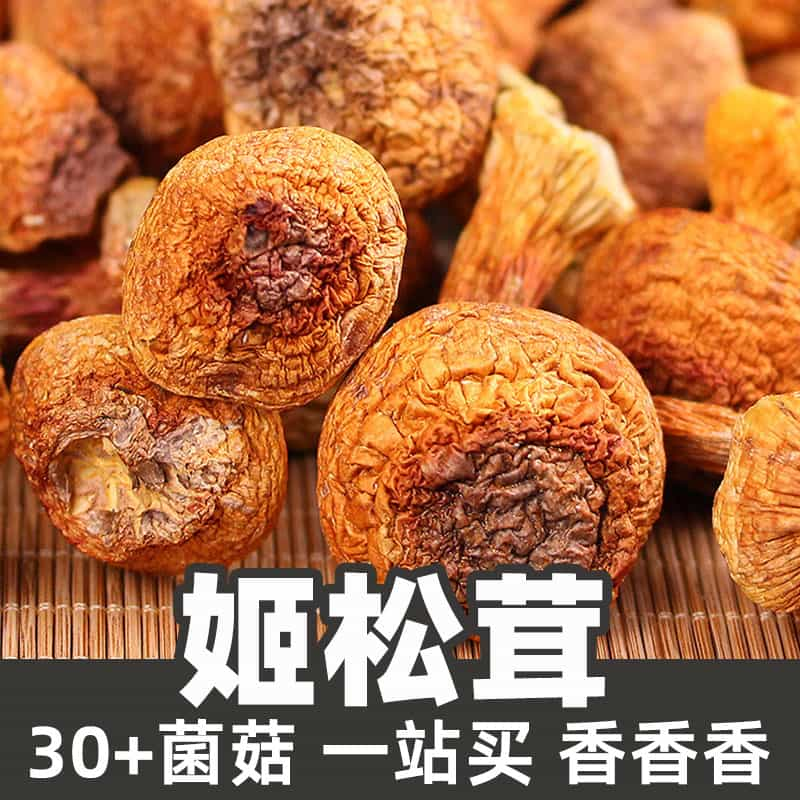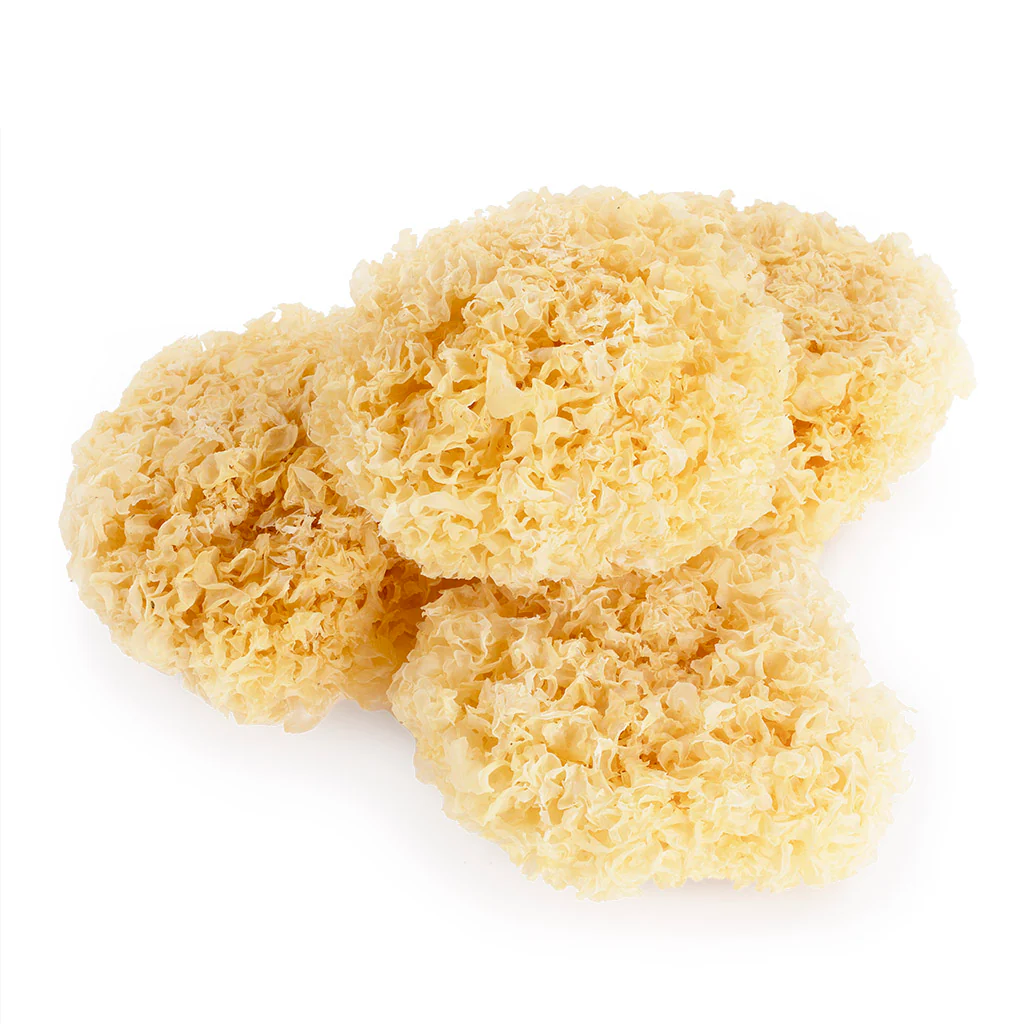The white shimeji mushroom, scientifically known as Hypsizygus tessellatus, is a delectable edible fungus native to regions in East Asia, notably Japan. This mushroom has gained popularity worldwide due to its unique texture and rich umami flavor, making it a favored ingredient in various culinary dishes. White shimeji mushrooms thrive in clusters, often appearing in tight-knit groups on decaying wood and organic matter, highlighting their role in ecosystems as decomposers. They are commonly found in markets and are harvested for both professional kitchens and home cooking. Aside from their culinary uses, research is exploring the potential health benefits associated with white shimeji mushrooms, particularly in relation to their nutritional composition and bioactive compounds.
White shimeji mushrooms are particularly rich in nutrients, contributing valuable components like polysaccharides, proteins, and essential amino acids. Polysaccharides, including beta-glucans, contribute to immune system support and are known for their antioxidant properties. The proteins present in white shimeji mushrooms offer essential amino acids vital for maintaining overall health. Ergosterol, a compound found in these mushrooms, also has implications for health, as it can be converted into vitamin D2 when exposed to ultraviolet light. Additionally, these mushrooms are low in calories while being a substantial source of fiber, making them an excellent choice for those aiming to boost their nutrient intake without increasing calorie count. The combination of these components not only enhances flavor but also supports overall health and well-being.
In culinary applications, white shimeji mushrooms can elevate a variety of dishes. Their firm texture allows them to hold up well during cooking, making them suitable for stir-frying, sautéing, or adding to soups. They can be incorporated into pasta dishes, risottos, and even pizzas, imparting a delightful flavor that complements both vegetables and meats. Additionally, they are often featured in Asian cuisines, used in hot pot recipes or as a topping for rice bowls. The versatility of white shimeji mushrooms makes them a valuable ingredient for chefs, as they easily absorb surrounding flavors. Their unique taste can transform simple dishes into gourmet eateries, making them a staple in both professional and home kitchens.
White shimeji mushrooms naturally thrive in humid environments, often found in forests growing on decayed wood and leaf litter. They are primarily distributed in East Asia, especially throughout Japan, Korea, and parts of China, where they grow in the wild. In addition, white shimeji mushrooms can be cultivated in controlled conditions to meet increasing consumer demand. During cultivation, the mushrooms require a substrate rich in organic material, such as sawdust, straw, or wood chips, which provides the necessary nutrients for growth. The right environmental conditions, including temperature and moisture levels, are crucial for successful cultivation, allowing for consistent production that benefits both growers and consumers.
Harvesting white shimeji mushrooms typically involves careful cutting to avoid damaging the delicate clusters, ensuring that the base of the stem is left intact. After harvesting, these mushrooms are often cleaned to remove any debris and moisture before processing. They can be packaged for sale in breathable containers to maintain freshness during transport. To preserve their quality, refrigeration is recommended, as cooler temperatures help inhibit decay. For longer-term storage, white shimeji mushrooms can also be frozen or dried, although drying may alter their texture and some flavor qualities. When properly harvested, processed, and stored, they can retain their beneficial properties and delightful taste, ready to enhance dishes for weeks or months.
Monica Sun is a seasoned expert in the natural raw materials industry, with over a decade of experience specializing in traditional Chinese medicinal herbs, spices, and fungi. She is skilled in the sourcing, processing, and application of these materials, emphasizing sustainability and innovation. Monica Sun has contributed to the development of high-quality natural raw materials that serve as essential components in functional foods, pharmaceuticals, and cosmetics, delivering tailored solutions to meet diverse market needs.

















